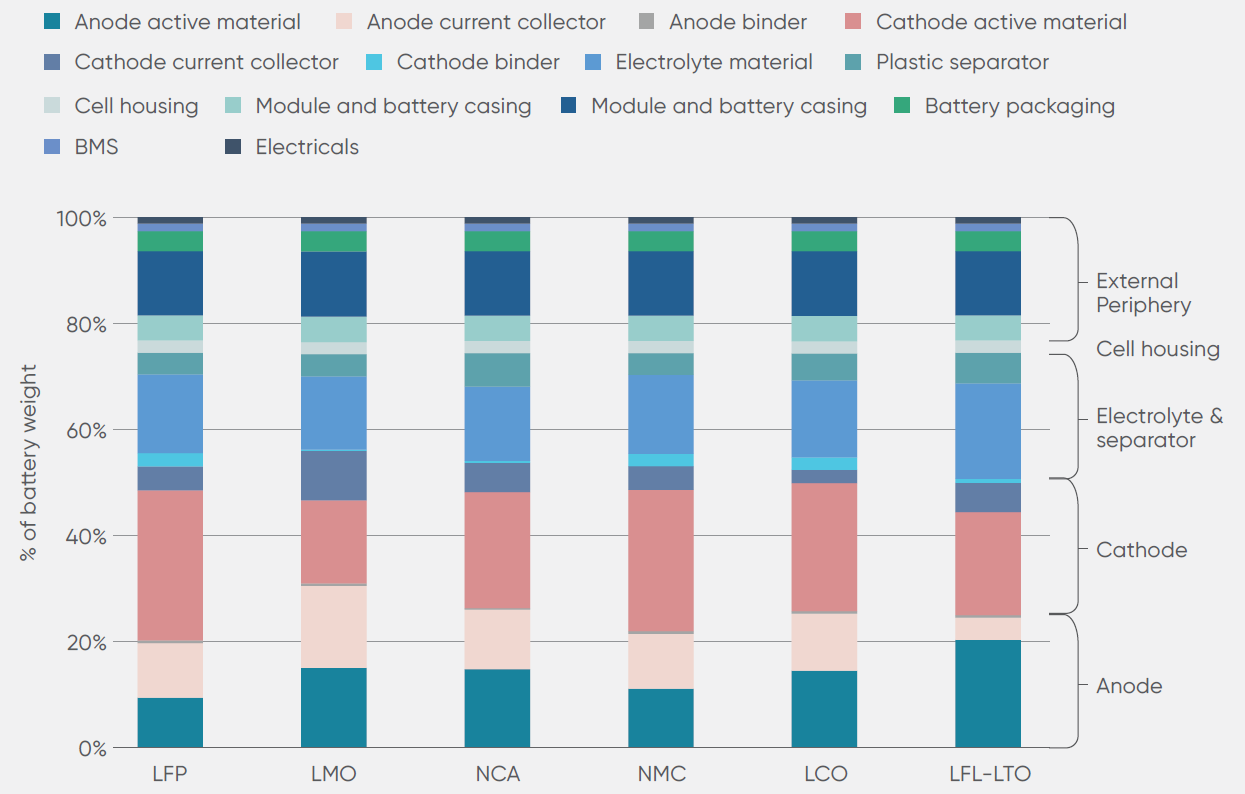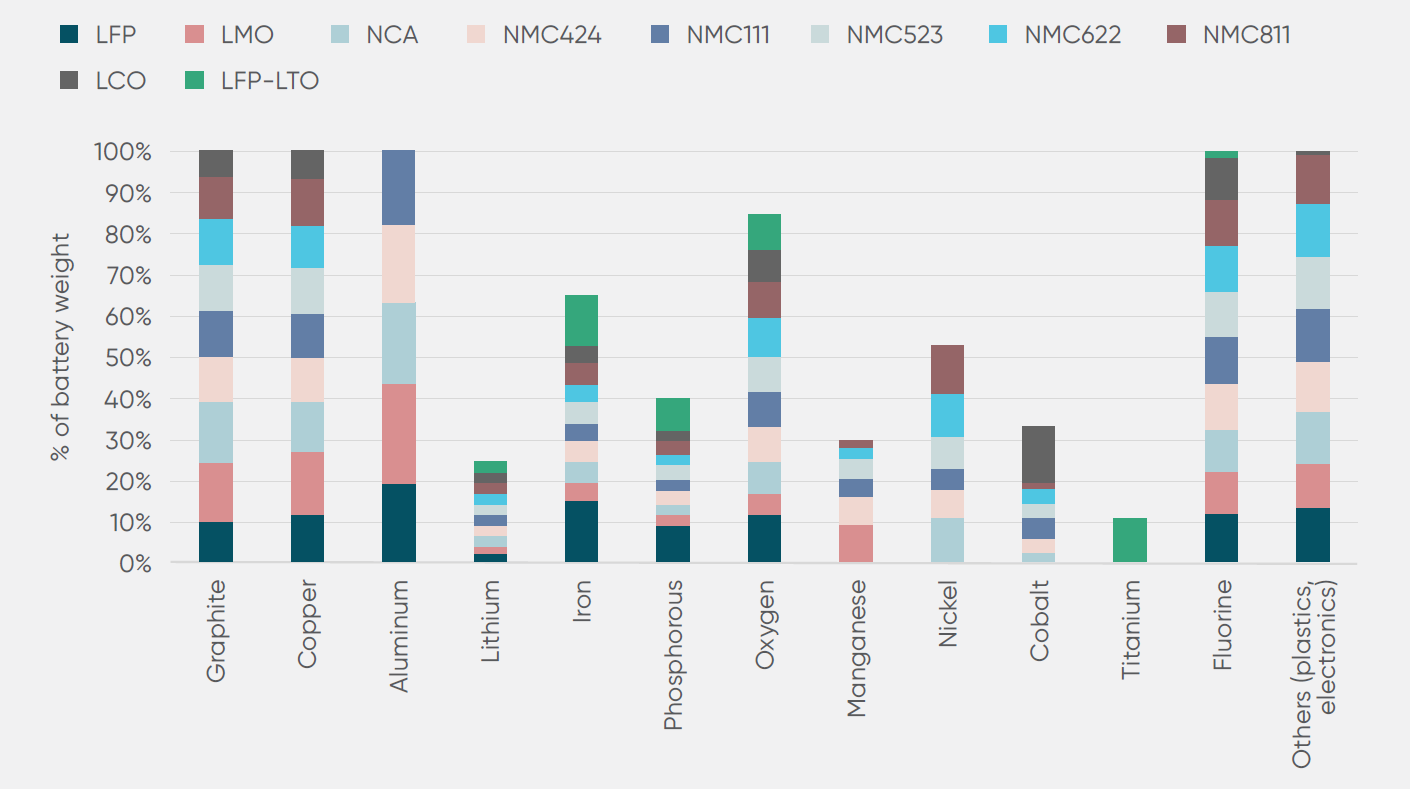×
Rubamin Pvt. Ltd.
Ark, 4th Floor,
1 Krishna Industrial Estate,
Opp. BIDC Gate, Gorwa,
Vadodara, Gujarat 390016


